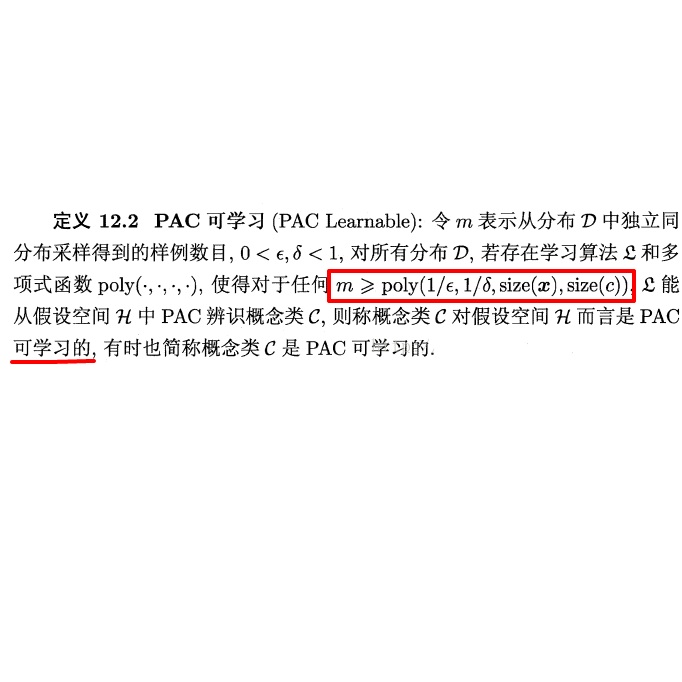Despite the extreme error-correction performance, the amount of computation of sequential decoding of the polarization-adjusted convolutional (PAC) codes is random. In sequential decoding of convolutional codes, the computational cutoff rate denotes the region between rates whose average computational complexity of decoding is finite and those which is infinite. In this paper, by benefiting from the polarization and guessing techniques, we prove that the computational cutoff rate in sequential decoding of pre-transformed polar codes polarizes. The polarization of the computational cutoff rate affects the criteria for the rate-profile construction of the pre-transformed polar codes. We propose a technique for taming the Reed-Muller (RM) rate-profile construction, and the performance results demonstrate that the error-correction performance of the PAC codes can achieve the theoretical bounds using the tamed-RM rate-profile construction and requires a significantly lower computational complexity than the RM rate-profile construction.
翻译:尽管存在极端错误校正性,但对极化调整后革命代码的顺序解码计算是随机的。在顺序解码革命代码中,计算截断率是指计算编码平均复杂度有限和无穷无穷之间的区域。在本文中,我们从极化和猜测技术中获益,证明对转移前极地代码的顺序解码的计算截断率是随机的。计算截断率的两极分化影响了预先变换极代码的费率剖面构造标准。我们提出了一种调制Reed-Muller(RM)标准剖面构造的技术,以及性能结果显示,PAC代码的错误校正性能可以利用调频-RM率剖面构造实现理论界限,而计算复杂性要大大低于RM比率剖面构造。



